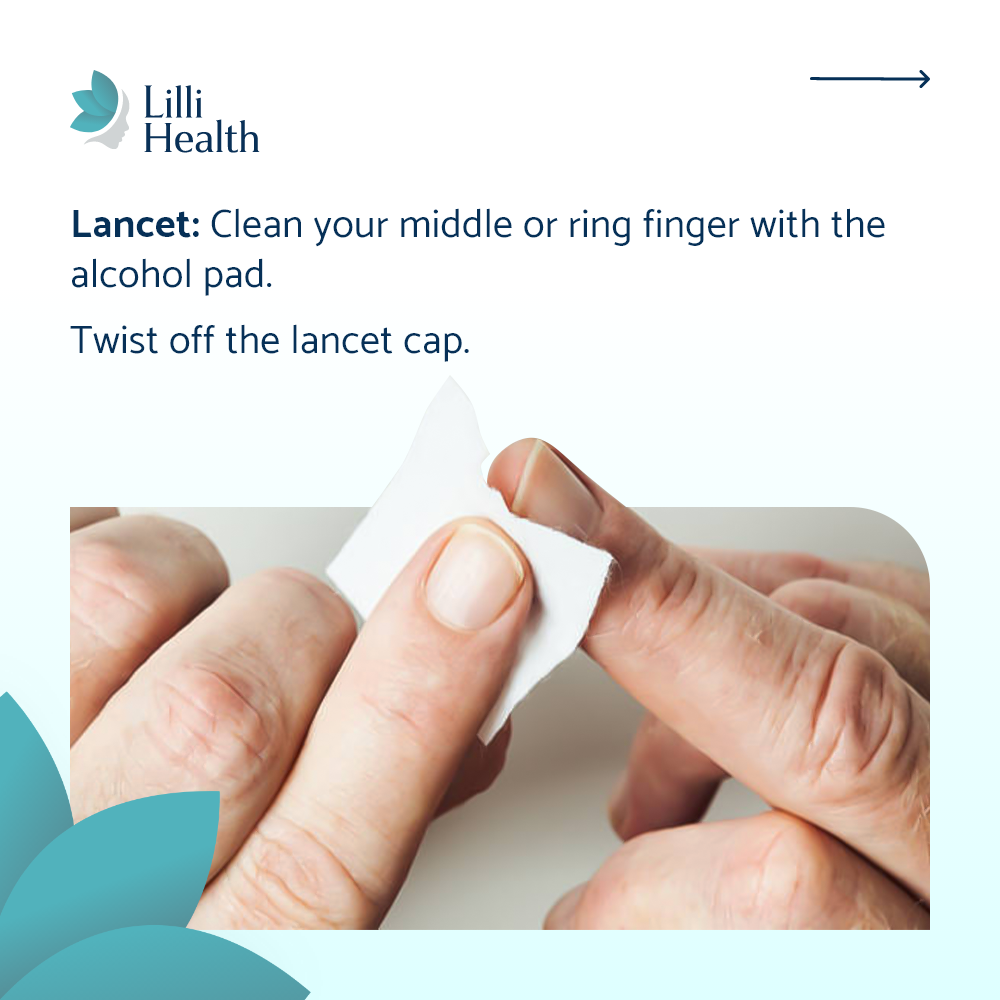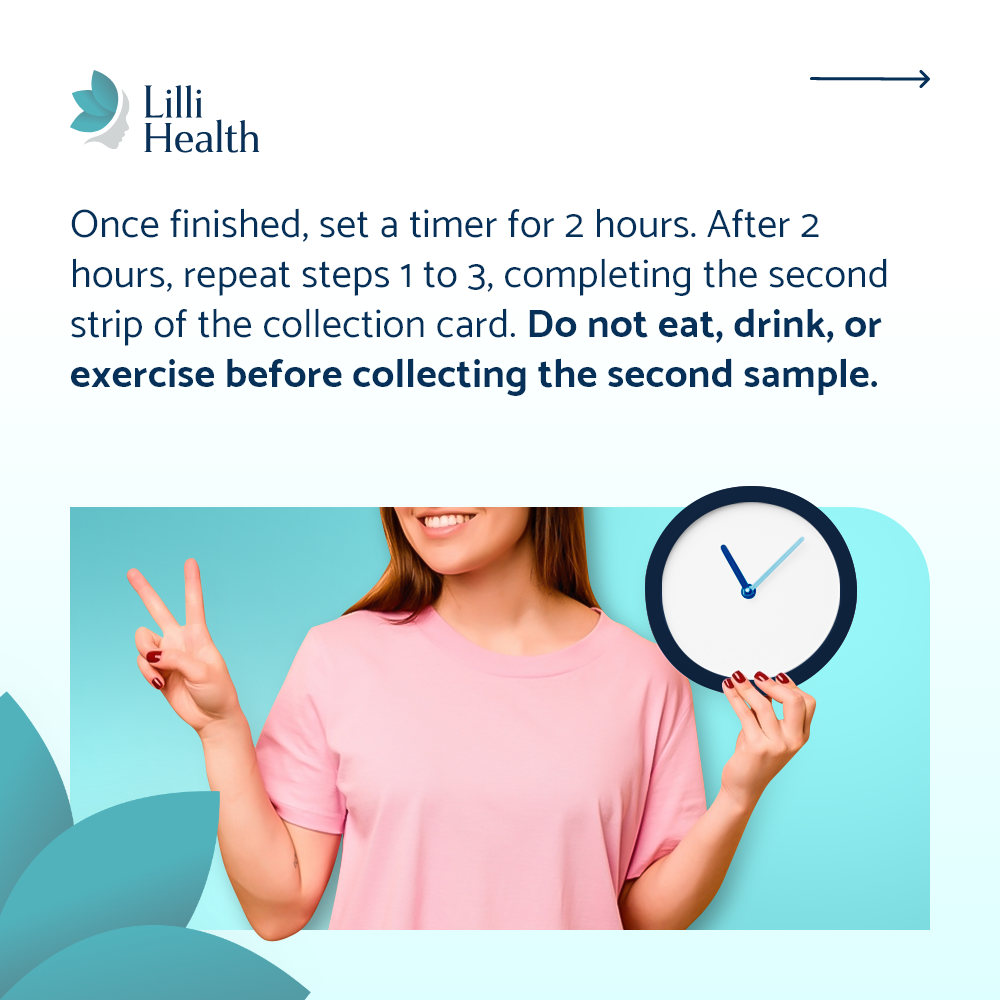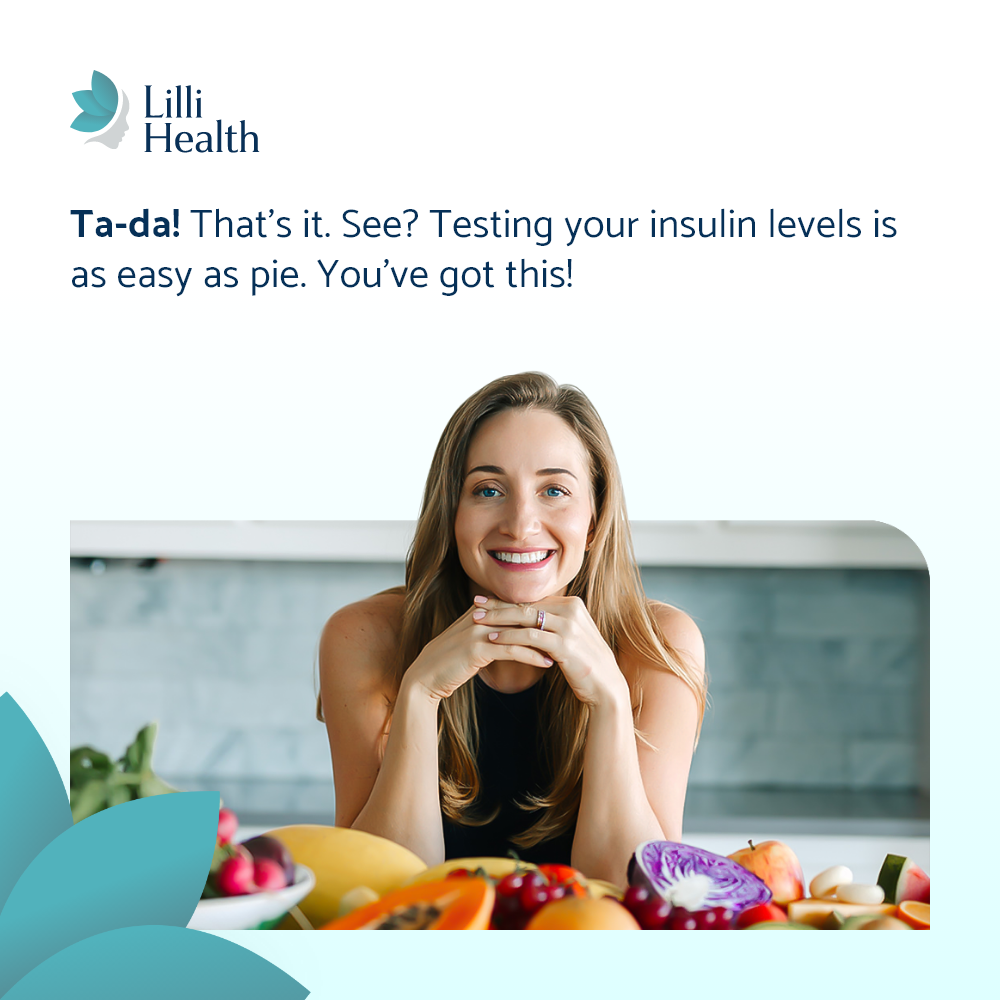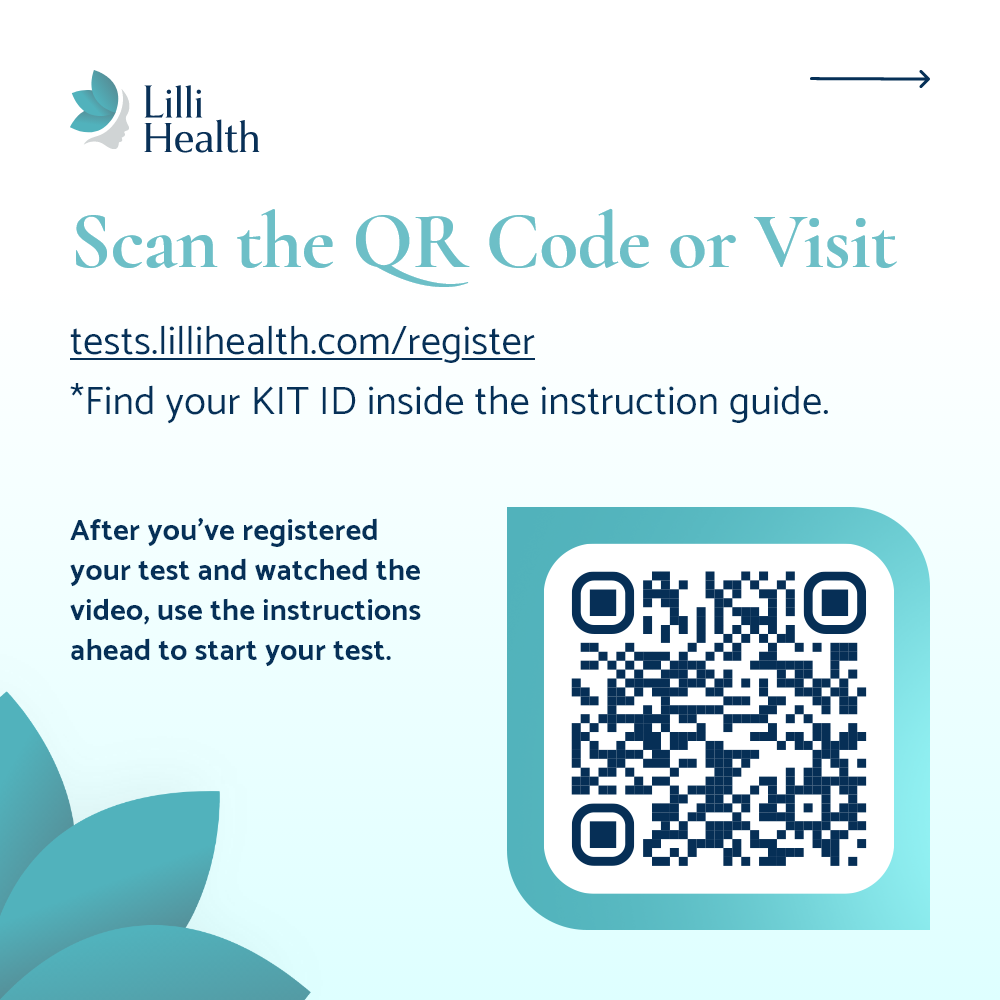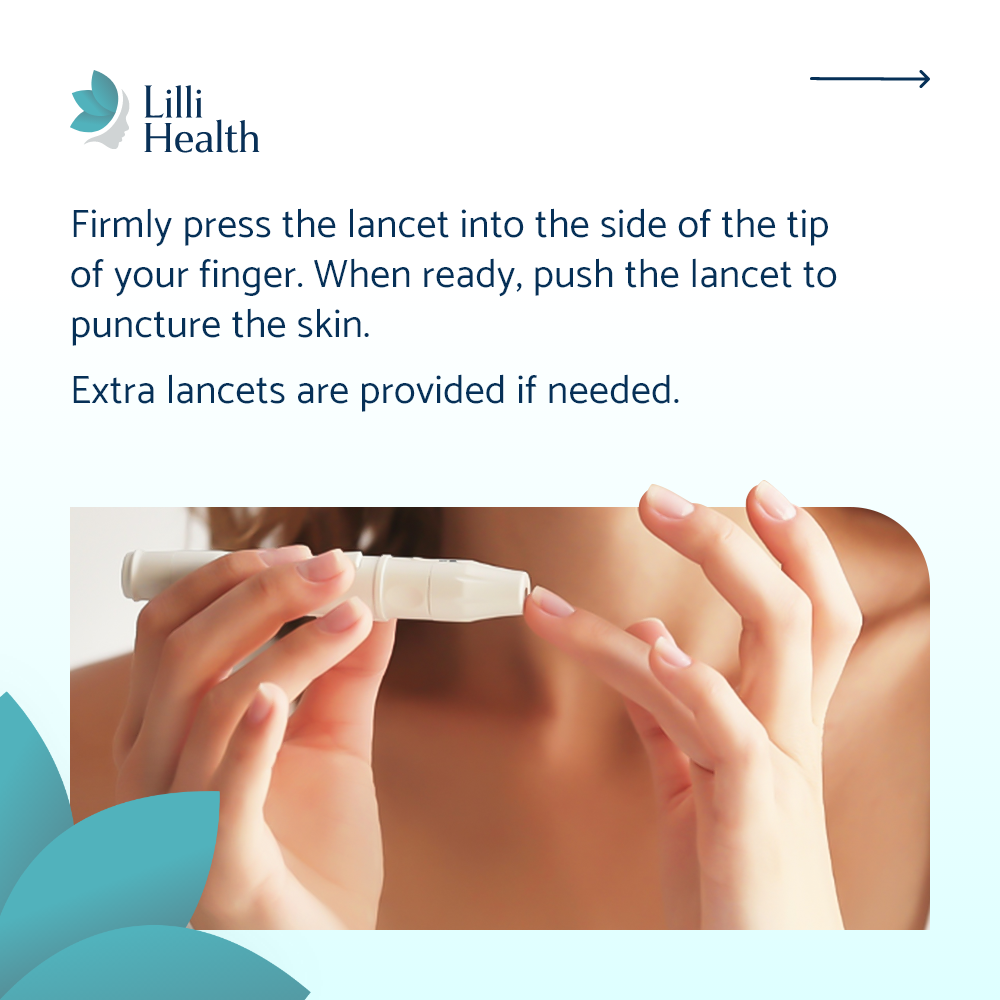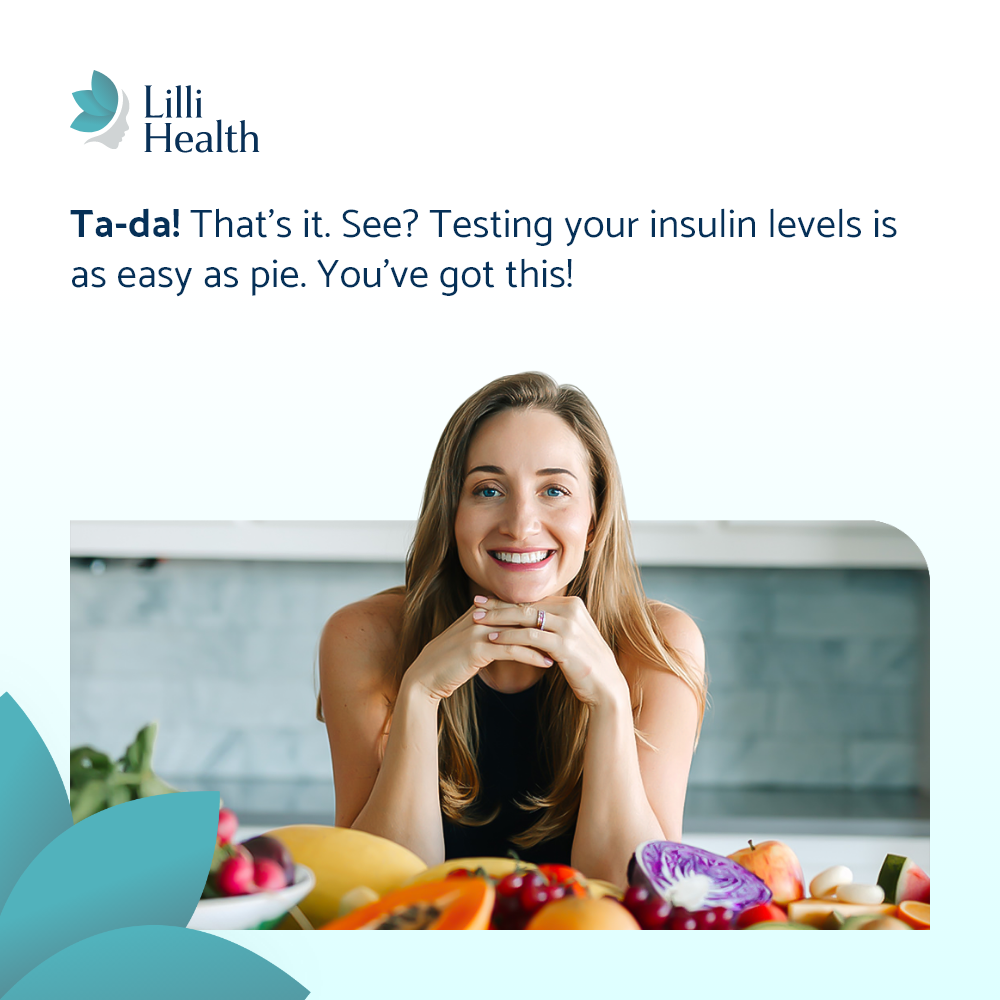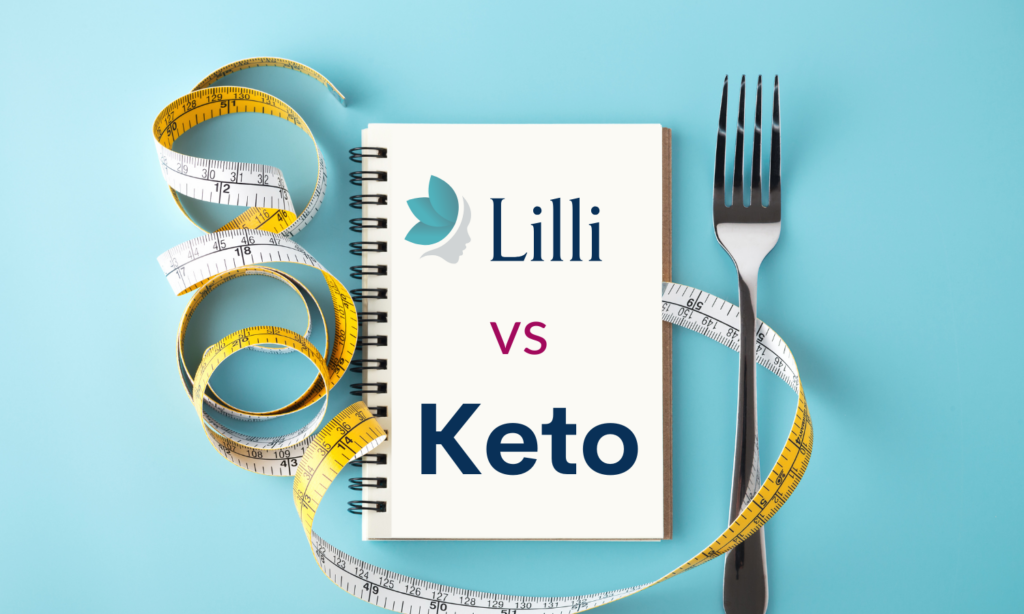
The keto diet has gained immense popularity, and it’s no wonder why! Many people have found success with keto, especially those dealing with insulin resistance, which affects the majority of the population. The secret behind keto’s effectiveness lies in its drastic reduction in carbohydrate intake, leading to a significant drop in insulin levels. This not only promotes weight loss but also improves various aspects of health, including energy levels, cognition, inflammation, mental well-being, and symptoms associated with conditions like PCOS.
However, while keto offers impressive results in lowering insulin, it does come with some drawbacks. Its highly restrictive nature can make it challenging to sustain for extended periods. With a total “net” carbohydrate goal of 20-40 carbohydrates per day, it can make eating a variety of fruits and vegetables difficult. It’s for this reason that keto diet often lacks sufficient fruits and vegetables, which are vital for overall health. There is also a potential risk of developing binge eating behaviors due to the strict rules. Many individuals who have followed the keto diet will report that when they fall off the wagon, they fall hard.
Here’s where the concept of a low insulin lifestyle comes into play. You don’t necessarily have to eliminate all carbs from your diet to lower insulin levels; the key lies in avoiding insulin-spiking foods. Certain foods, such as starches, specific dairy products, and added sugar, tend to cause significant insulin spikes. However, with a low insulin lifestyle, you can enjoy non-starchy vegetables and fruits to your heart’s content. While fruits may contain more sugar, the type of sugar, primarily fructose, elicits a much smaller insulin response compared to starches. It’s all about understanding how different foods impact insulin secretion and making choices that lead to a more sustainable reduction in insulin levels.
Low Insulin Lifestyle (Lilli)
- Unlimited carbohydrates from non-starchy vegetables and fruits
- Restricts starches, certain types of dairy products, and added sugar
- Does not require counting calories, fat, or carbohydrates
Ketogenic Diet (Keto)
- Restricts carbohydrates to 20g per day (10% or less)
- Restricts most fruit and limits non-starchy vegetables
- Restricts starches, certain types of dairy products, and added sugars
- Does not require counting calories or fat
Look at the graph below. This graph compares a day in the life of someone following a low insulin lifestyle (teal), someone following a keto diet (navy), and someone eating a typical American diet (red). Remember, the pancreas secretes insulin after every meal, but the amount depends on what is eaten. You can see that the person following a keto diet has a minimal rise in insulin after meals because a keto diet includes very few carbohydrates, thus requiring very little insulin. The person following a low insulin lifestyle has a relatively higher rise in insulin after each meal because a low insulin lifestyle does not require carbohydrate restriction. However, insulin levels are still significantly lower than following a typical American diet, high in starches, dairy, and sugar.
What’s truly important about the graph and the two lifestyles depicted is that insulin levels return to baseline between meals and during the overnight fast. This is the most critical factor for improving overall health. When insulin levels return to normal, it promotes metabolic flexibility, enhances fat burning, boosts energy levels, and contributes to better overall health.
It’s not necessarily about achieving “ketosis,” but rather about adopting an eating pattern that allows insulin levels to come back down to normal. You don’t have to strictly avoid carbohydrates altogether to achieve this, but rather focus on preventing excessive spikes in insulin. The key lies in the source of carbohydrates rather than the quantity consumed.

If you look at the red line on the graph, which represents a typical American diet, you can see that insulin levels are elevated all day and night. This continuous elevation is particularly noticeable during the fasting period, resulting in a high fasting insulin level, as depicted in the image.
Fasting insulin levels serve as a valuable indicator of chronically high insulin levels. If a person has a high fasting insulin, it suggests that their insulin levels remain chronically elevated and are unable to return to the normal range. This indicates a state of insulin resistance. Because chronically high insulin levels and insulin resistance are associated with a range of health issues, monitoring fasting insulin levels provides crucial insights into an individual’s metabolic health and can serve as an important marker to identify and address underlying insulin-related concerns.
By adopting a low insulin lifestyle, individuals can take proactive steps to regulate their insulin levels and promote overall health. This includes making mindful dietary choices that avoid insulin-spiking foods. Taking control of insulin levels not only helps in maintaining a healthy weight but also contributes to improved energy, hormonal balance, and long-term well-being.
So, remember that achieving lower insulin levels doesn’t necessarily mean eliminating all carbs. Diets rich in fruits and non-starchy vegetables have long been associated with improved health outcomes. These foods offer fiber, vitamins, minerals, and antioxidants, all of which play a significant role in protecting against heart disease and cancer. With Lilli, the focus is less on quantity and more on the quality of the food you consume, allowing you to embrace and maintain a more sustainable lifestyle.
References
- Paoli A, Mancin L, Giacona MC, Bianco A, Caprio M. Effects of a ketogenic diet in overweight women with polycystic ovary syndrome. J Transl Med. 2020;18(1):104. doi:10.1186/s12967-020-02277-0
- Westman EC, Yancy WS, Mavropoulos JC, Marquart M, McDuffie JR. The effect of a low-carbohydrate, ketogenic diet versus a low-glycemic index diet on glycemic control in type 2 diabetes mellitus. Nutr Metab (Lond). 2008;5(1):36. doi:10.1186/1743-7075-5-36
- Araújo J, Cai J, Stevens J. Prevalence of Optimal Metabolic Health in American Adults: National Health and Nutrition Examination Survey 2009–2016. Metab Syndr Relat Disord. 2019;17(1):46-52. doi:10.1089/met.2018.0105
- Shanik MH, Xu Y, Skrha J, Dankner R, Zick Y, Roth J. Insulin resistance and hyperinsulinemia: is hyperinsulinemia the cart or the horse? Diabetes Care. 2008;31 Suppl 2. doi:10.2337/dc08-s264
- Thomas DD, Corkey BE, Istfan NW, Apovian CM. Hyperinsulinemia: An Early Indicator of Metabolic Dysfunction. J Endocr Soc. 2019;3(9):1727-1747. doi:10.1210/js.2019-00065
- Abdul-Ghani M, DeFronzo RA. Insulin Resistance and Hyperinsulinemia: The Egg and the Chicken. Journal of Clinical Endocrinology and Metabolism. 2021;106(4). doi:10.1210/clinem/dgaa364
- Salehi A, Gunnerud U, Muhammed SJ, et al. The Insulinogenic Effect of Whey Protein Is Partially Mediated by a Direct Effect of Amino Acids and GIP on β-Cells.; 2012. http://www.nutritionandmetabolism.com/content/9/1/48
- Hoppe C, Mølgaard C, Juul A, Michaelsen KF. High intakes of skimmed milk, but not meat, increase serum IGF-I and IGFBP-3 in eight-year-old boys. Eur J Clin Nutr. 2004;58(9):1211-1216. doi:10.1038/sj.ejcn.1601948
- Melnik BC, John SM, Carrera-Bastos P, et al. The Role of Cow’s Milk Consumption in Breast Cancer Initiation and Progression. Curr Nutr Rep. Published online February 2, 2023. doi:10.1007/s13668-023-00457-0
- Hoyt G, Hickey MS, Cordain L. Dissociation of the glycaemic and insulinaemic responses to whole and skimmed milk. British Journal of Nutrition. 2005;93(2):175-177. doi:10.1079/BJN20041304
- Lawlor DA, Ebrahim S, Timpson N, Davey Smith G. Avoiding milk is associated with a reduced risk of insulin resistance and the metabolic syndrome: findings from the British Women’s Heart and Health Study. Diabetic Medicine. 2005;22(6):808-811. doi:10.1111/j.1464-5491.2005.01537.x
- Phy Jennifer L, Pohlmeier AM, Cooper JA, et al. Low Starch/Low Dairy Diet Results in Successful Treatment of Obesity and Co- Morbidities Linked to Polycystic Ovary Syndrome (PCOS). J Obes Weight Loss Ther. 2015;05(02). doi:10.4172/2165-7904.1000259
- Pohlmeier AM, Phy JL, Watkins P, et al. Effect of a low-starch/low-dairy diet on fat oxidation in overweight and obese women with polycystic ovary syndrome. Applied Physiology, Nutrition and Metabolism. 2014;39(11):1237-1244. doi:10.1139/apnm-2014-0073
- Kanehara R, Goto A, Sawada N, et al. Association between sugar and starch intakes and type 2 diabetes risk in middle-aged adults in a prospective cohort study. Eur J Clin Nutr. 2022;76(5):746-755. doi:10.1038/s41430-021-01005-1
- Feng R, Du S, Chen Y, et al. High carbohydrate intake from starchy foods is positively associated with metabolic disorders: A Cohort Study from a Chinese population. Sci Rep. 2015;5. doi:10.1038/srep16919
- Gannon MC, Nuttall FQ, Westphal SA, Fang S, Ercan-Fang N. Acute Metabolic Response to High-Carbohydrate, High-Starch Meals Compared With Moderate-Carbohydrate, Low-Starch Meals in Subjects With Type 2 Diabetes. Diabetes Care. 1998;21(10):1619-1626. doi:10.2337/diacare.21.10.1619






